Labor Protection and Welfare in Agriculture: A Comparative Approach between Colombia and Chile
Resumen
Introduction: This article aims to inform and make known about the aspects related to labor protection and well-being in the area of agriculture in the countries Colombia and Chile, this sector throughout history has been a fundamental support in social economic development in both countries. Despite their climatic differences, these two countries have found in this sector a key source of employment, exports and sustainable growth. In this document, a systematic exploration will be carried out with everything that is related to occupational risks and health in this agricultural sector, how regulations, agreements, laws are implemented in these two countries and how they are carried out so that workers have good working conditions, where their physical integrity is the most essential and the working conditions are the most appropriate while carrying out their activities. Objective: The objective of this report is to investigate the situations of defense and professional hygiene in the agricultural zone of Chile and Colombia, determining the main dangers and the policies implemented in both countries. Likewise, it seeks to generate reflection on the opportunities to strengthen the protection of agricultural workers. Methodology: This document is based on an exploration of documents from secondary sources, including official reports, laws, regulations, government reports, regulations, as well as academic studies on occupational safety and occupational well-being in agriculture in Chile and Colombia, in order to achieve greater knowledge about this information in this sector. Results: It was determined that both Chile and Colombia have made progress in the creation of professional protection standards in the area of agriculture. Despite these advances, frequent challenges continue to arise in both countries, such as labor informality, poor access to individual safety devices, and the lack of health training and protection for agricultural workers. Furthermore, extreme weather conditions and the handling of agrochemicals without adequate protective measures continue to represent a significant danger to the well-being of employees in this sector.
Descargas
Citas
Aguilar Gorodecki, A. Participación de Chile en la Reunión de Agricultura del G-20.
AL, T. D. G. P. O. (2017). TRABAJO DECENTE EN LA AGRICULTURA COLOMBIANA (Doctoral dissertation, UNIVERSIDAD DE ANTIOQUIA).
DE TRABAJO, E. D. P. (2005). SERIE TÉCNICA: SEGURIDAD Y SALUD OCUPACIONAL EN LA AGRICULTURA.
García Vargas, Y. V. (2020). Accidentalidad laboral en Colombia en trabajadores afiliados al Sistema General de Riesgos Laborales en el periodo 2004-2014.
González, O. U., Molina, R. G., & Patarroyo, D. F. (2019). Condiciones de Seguridad y Salud en el Trabajo, una revisión teórica desde la minería colombiana. Revista venezolana de Gerencia, 24(85).
Hernández, L. (2006). La agricultura urbana y caracterización de sus sistemas productivos y sociales, como vía para la seguridad alimentaria en nuestras ciudades. Cultivos tropicales, 27(2), 13-25.
LA FAO, U. C. E. (1990). Organización de las Naciones Unidas para la Alimentación y la Agricultura.
POLANIA, L. C. G., & GÓMEZ, D. C. C. (2019). Enfermedades y accidentes laborales generados por factores de riesgo en la actividad agrícola. Mente Joven, 8, 89-105.
Rivera Tapia, A., Rossing, W., Dogliotti, S., & Huenchuleo Pedreros, C. (2024). Sostenibilidad en la pequeña agricultura campesina del secano de Chile central, Región de Valparaíso. Chilean journal of agricultural & animal sciences, 40(1), 160-177.
Roco Fuentes, L., Engler Palma, A., & Jara-Rojas, R. (2012). Factores que influyen en la adopción de tecnologías de conservación de suelos en el secano interior de Chile Central. Revista de la Facultad de Ciencias Agrarias. Universidad Nacional de Cuyo, 44(2), 31-45.
Torres Satizábal, L. C. (2019). Liderazgo en seguridad y salud en el trabajo: un factor esencial en la reducción de la siniestralidad laboral en Colombia.
Marulanda D, Valencia G, Correa J. Oriente. Desarrollo regional: una tarea común universidad-región. Medellín:Instituto de Estudios Regionales, Dirección de Regionalización, Universidad de Antioquia; 2003
Gobernación de Antioquia. Memorias Foro Subregional. ¿De qué vivirán los pobladores rurales? Oriente. Rionegro, 24 y 27 de mayo. Medellín: Gobernación de Antioquia; 2013
López K, Ramírez E, Borja J, Torrejon Y. Economías campesinas y transformaciones sociales en el Oriente antioqueño. Medellín: Universidad de Antioquia; 2013
Razeto L. Teoría económica comprensiva. Para entender la economía en su diversidad y complejidad. Chile-Colombia: Universitas nueva civilización, tercera versión ampliada y actualizada; 2017
Lopera L, Salgado D, Velásquez R. ¿Es posible la agricultura orgánica en Marinilla? Entre la capacidad de los recursos y la voluntad política, se hace camino. Semestre Económico. 2012;14(30):135-152
Manrique-Cáceres, J., Rurush Asencio, R., & Castillo Picón, J. (2024). Exportaciones, Inversión y Empleo y su Relación con el Crecimiento Económico del Perú, 1980 – 2021. Estudios Y Perspectivas Revista Científica Y Académica , 4(1), 2530–2546. https://doi.org/10.61384/r.c.a.v4i1.212
Franco Gallegos , L. I., Aguirre Chávez , J. F., Robles Hernández, G. S. I., Montes Mata, K. J., & Ponce de León, A. C. (2024). Efectos diferenciales del ejercicio aeróbico y el entrenamiento de fuerza en marcadores biológicos de salud en adultos mayores. Revista Científica De Salud Y Desarrollo Humano, 5(2), 249–273. https://doi.org/10.61368/r.s.d.h.v5i2.135
Fernández, A. (2023). The Social Impact of Independent Audiovisual Production in the Age of social media: A Case Study in Zamora, Ecuador. Revista Veritas De Difusão Científica, 4(1), 161–180. https://doi.org/10.61616/rvdc.v4i1.42
Fernández C., F. (2024). Determinación De Erodabilidad En Áreas De Influencia Cuenca Poopo Región Andina De Bolivia. Horizonte Académico, 4(4), 63–78. Recuperado a partir de https://horizonteacademico.org/index.php/horizonte/article/view/19
Medina Nolasco, E. K., Mendoza Buleje, E. R., Vilca Apaza, G. R., Mamani Fernández, N. N., & Alfaro Campos, K. (2024). Tamizaje de cáncer de cuello uterino en mujeres de una región Andina del Perú. Arandu UTIC, 11(1), 50–63. https://doi.org/10.69639/arandu.v11i1.177
Da Silva Santos , F., & López Vargas , R. (2020). Efecto del Estrés en la Función Inmune en Pacientes con Enfermedades Autoinmunes: una Revisión de Estudios Latinoamericanos. Revista Científica De Salud Y Desarrollo Humano, 1(1), 46–59. https://doi.org/10.61368/r.s.d.h.v1i1.9
Vega Alvarez, E., & Huang Chang, Y. (2024). Blended Learning, and Its Impact on English Speaking Skills in Pronunciation in Group 11-4 of Liceo de Santo Domingo, I Quarter 2024. Ciencia Y Reflexión, 3(2), 159–173. https://doi.org/10.70747/cr.v3i2.18
Chavarría Hidalgo, C. (2024). Calculation of productive capacity: From theory to practice. Ciencia Y Reflexión, 3(2), 194–214. https://doi.org/10.70747/cr.v3i2.20
Agrela Rodrigues, F. de A., Moreira da Silveira, F., Moreira de Lima, M. R., & Pinto Uchôa , K. S. (2024). Identificando a Inteligência em Crianças: Traços Físicos e Comportamentais. Ciencia Y Reflexión, 3(2), 21–51. https://doi.org/10.70747/cr.v3i2.5
Derechos de autor 2025 Herminio Pabón Trujillo , Diego José Maldona, Angie Dayana Rangel, Juan Carlos Castillo, Oscar Fabián Patiño, Wilman Yesid Ardila Barbosa

Esta obra está bajo licencia internacional Creative Commons Reconocimiento 4.0.












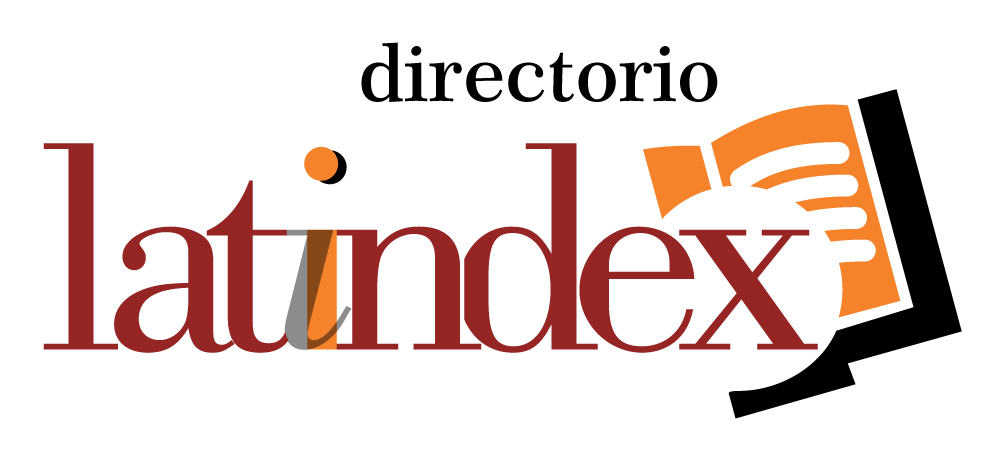
.png)
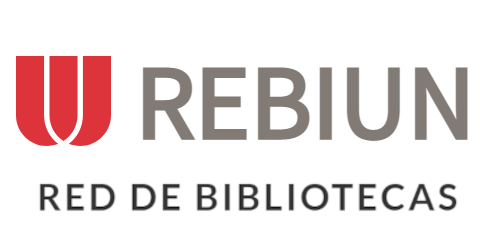







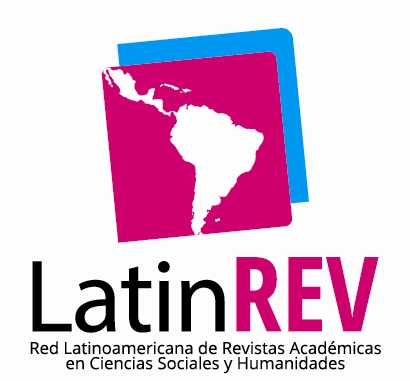

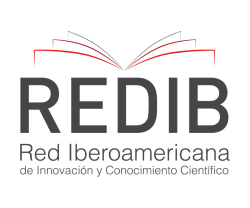


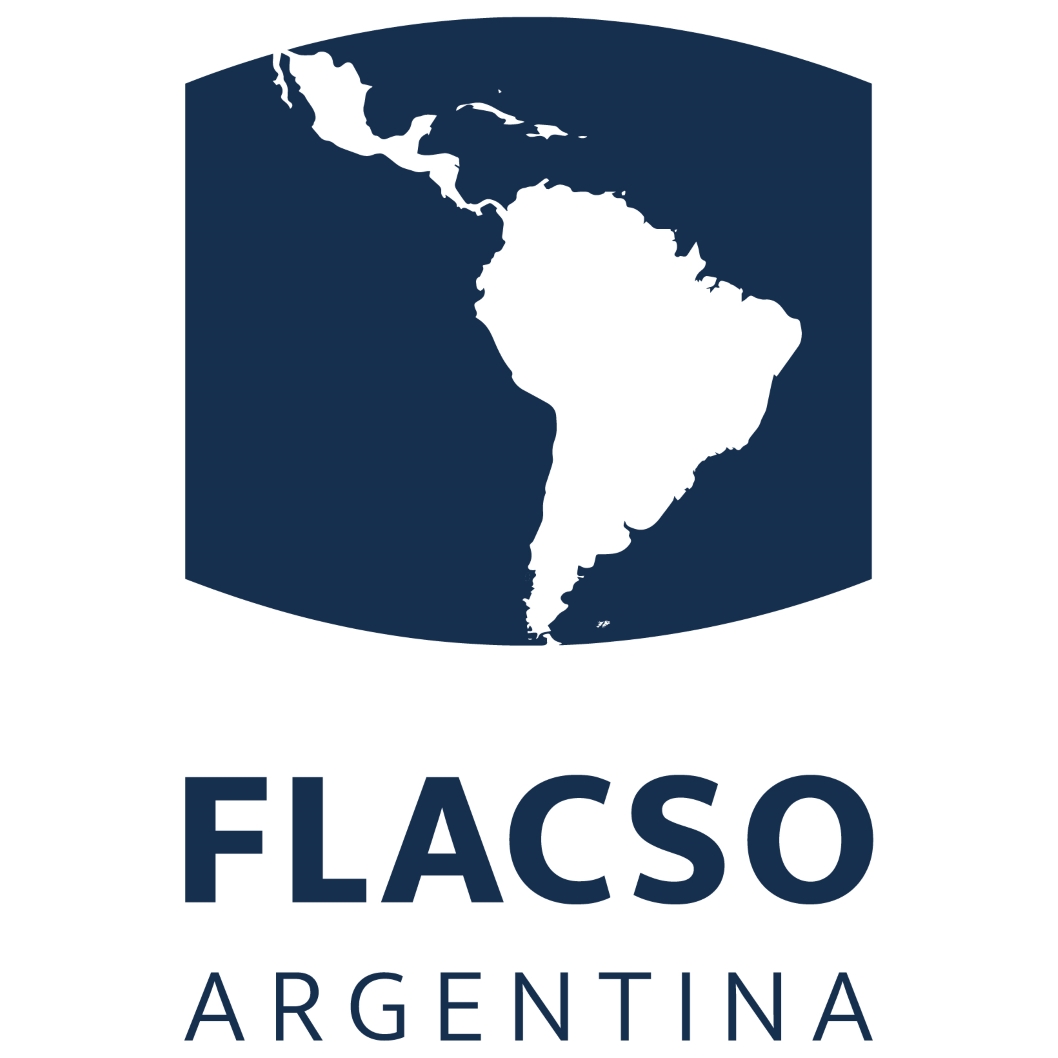






.png)
1.png)


